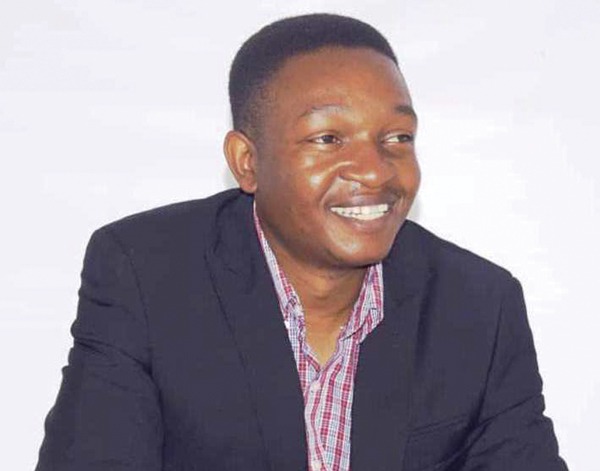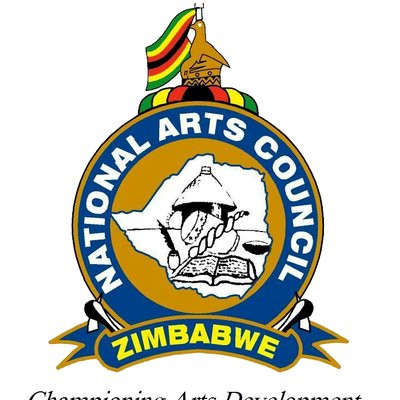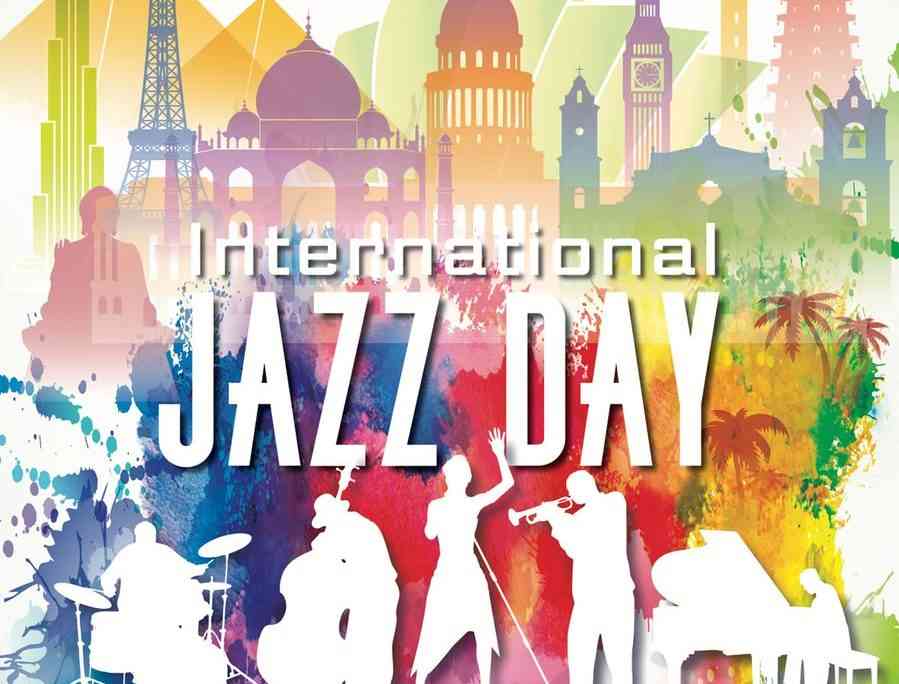
BETWEEN THE LINES:Phillip Chidavaenzi
WHEN Longman Zimbabwe (now CPS Publishing) decided to publish my debut novel, The Haunted Trail, sometime in 2005, the company’s then commissioning editor, Lorraine Nyamapfene, asked me to write the blurb for the book.
What is a blurb? Blurb is one of the literary terms you want to familiarise yourself with as an author. Every subject or discipline of study has its own language, or technical terms. If you spend time with those in the medical or legal field, you will notice they speak a certain language that is easily understood within their professional circles, but may be unfamiliar to outsiders.
In my early years as a journalist, I was a court reporter for several years, so I picked up a lot of court procedures and legal jargon. If you read the court scenes in my books, you can easily tell it’s quite a familiar terrain.
In the study of linguistics, this is referred to as language for academic purposes, which is a specialised vocabulary in a specific discipline. It could be in the field of medicine, law, commerce, mathematics, education or history.
When you look at the back cover of almost every book, there is often a write-up that attempts to give hints or brief insights into the book’s contents. That is a blurb. Although I have heard some people call it a summary, in essence, it is not a summary.
By definition, a summary is more the condensation — or concentrate — of all the details in the story, whether it’s a play, short story or poetry collection, novel or even motivational book.
But a blurb, specifically, is designed to whet a potential reader’s appetite or thirst so that they are inspired to read the book rather than break down the entire story.
- Chamisa under fire over US$120K donation
- Mavhunga puts DeMbare into Chibuku quarterfinals
- Pension funds bet on Cabora Bassa oilfields
- Councils defy govt fire tender directive
Keep Reading
Whereas a summary is a complete overview of the book, a blurb usually deliberately doesn’t tell-all, because if the story is given away like that at once, some potential readers may quickly lose interest.
So, in essence, you can classify a blurb as a teaser. It is designed to tease the reader or arouse their interest.
There is a form of entertainment called strip tease, whereby a woman strips off pieces of her clothing, painfully slowly, and deliberately, just to sweetly agonise the usually all-male audience hoping for the moment when she would bare all — but then she often doesn’t go all the way!
A blurb should function as a hook, designed to lure even the most reluctant of potential readers into grabbing your book and reading their way through it.
Beyond the letters, I believe every book carries a spirit, and it is that spirit — which gives life to your book — that you want to capture in the blurb. This is something that the author is often best suited to do because the story or book is conceived in their mind. I have noticed, however, that a lot of authors do not want to bother themselves with writing a blurb, but would rather have the editor or some other third party do it for them. There is nothing wrong with that, of course!
Blurb writing is often considered an area of specialty, just like copy writing or editing.
When an advertising agent requires to employ a copy writer, they usually go for an insanely creative writer who is able to write precisely, with a cutting edge, but in very few words, and still capture and deliver the essence of the product or service on offer.
Many of you (I guess the ‘older generation’ perhaps) remember a milk product advert that went something like: “It’s not inside; it’s on top.”
At face value, the statement looks simple and innocent, but carries what we call in literature a “double entendre” or two interpretations: the literal and the metaphorical meaning. Many commercial adverts carry sexual innuendo (I don’t know why… Maybe it’s because of the notion that sex sells).
So, here you have a husband looking for something, and calls out to his wife, “Honey, it’s not in the fridge” and she responds, “It’s not inside, it’s on top!”
It’s important for authors to present a draft of the blurb, highlighting key points in the script, and then someone would develop that into an effective blurb.
“The opening of your blurb has to be incredibly precise and dynamic,” says top American editor Rebecca Heyman. “For a lot of first-time authors, I think there’s an instinct to make sure readers understand everything that happened in the book’s universe before the beginning of the actual story. That’s generally a mistake.”
You see that? Don’t give away your story in the blurb! Just set the stage for anticipation.
Critically, a blurb should do four important things: introduce your main character, set the stage for your primary conflict, establish the stakes and show the reader why the book is for them.
So, for authors, it is important to really think through your blurb before the book cover is printed. Take your time. Be precise, nuanced.
Why? Because a blurb can make or break your book.











